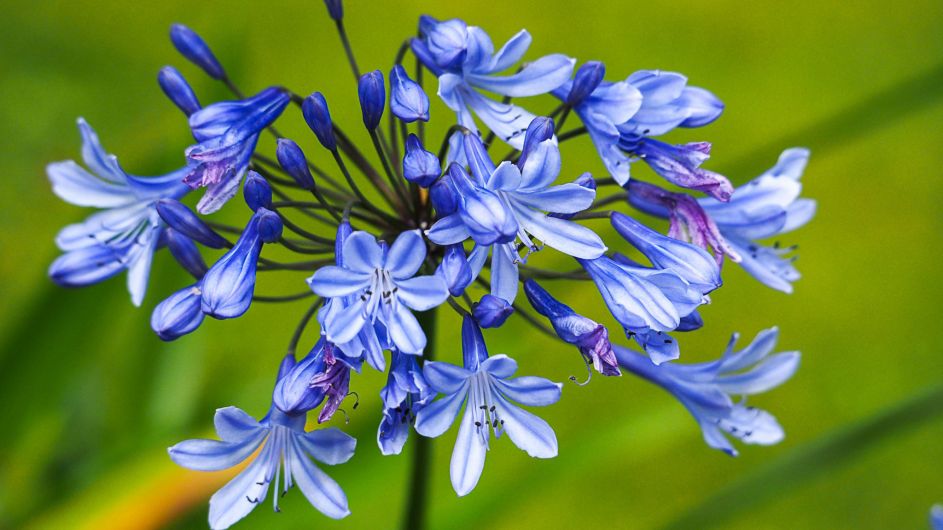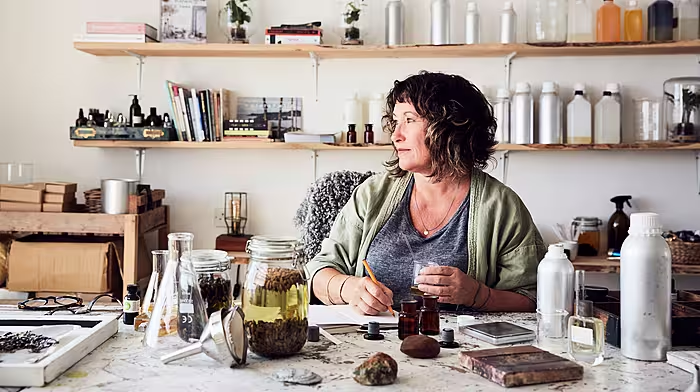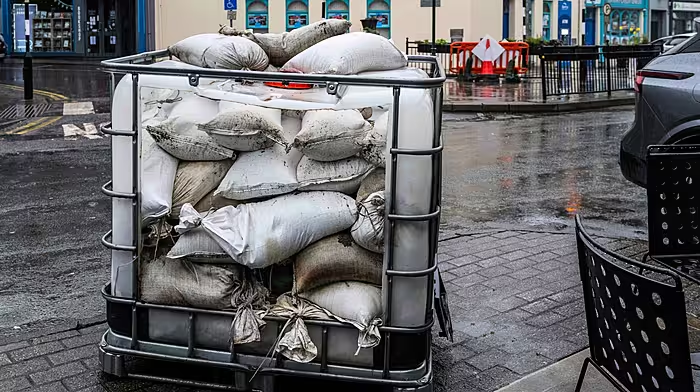THE garden looks beautiful at this time of year, so take some time to relax and enjoy it. It can seem like there’s always another job that could be done, but most things will wait long enough for you to celebrate the beauty of your garden.
Make sure you have a bench or seats in different parts of the garden – that way you can get different views and find sun in one place when others are in the shade. A table and chairs provide the perfect place for summer lunches and barbecues. These are an investment, but they last for years and will help you make the most of your space.
Enjoy the bounty
Soft fruits, like strawberries and raspberries, taste sweetest if they ripen with plenty of sun. Lift strawberry fruit clusters on twigs to keep them off the ground – this reduces the number of slug-nibbled fruits. Lifting fruit-bearing stems up out of the shade also helps with ripening. Good air circulation reduces problems with moulds and mildews.
Pick fruits as soon as they ripen and eat, or preserve, on the same day if possible. You can leave fruits, that aren’t quite ripe enough, on a sunny windowsill for a few hours for them to colour up.
If you choose varieties with different cropping times, it is possible to have fresh fruits right through into late autumn.
 Keep picking raspberries! (Photos: Ben Russell)
Keep picking raspberries! (Photos: Ben Russell)
French beans
These thin crisp beans are a favourite of mine. I grow both dwarf and climbing varieties. The dwarf ones crop first, from the earliest sowing, and they produce prolific amounts of pencil thin beans. Climbing varieties produce slightly larger pods, but these are equally delicious.
If lower leaves discolour, remove them and give the plants a liquid feed to improve any nutrient deficiency that might be causing the problem. If it looks more like a viral issue, then remove the affected leaves in order to keep remaining ones healthy for as long as possible.
Beans like plenty of water when they are in flower and swelling pods. Don’t let the soil dry out if you want to get the best crop. And remember to pick as soon as pods are a reasonable size. The plant will keep on producing more pods over several weeks.
Think about sowings
It’s hard to think about starting back at the beginning of the growing process again, with seeds and trays of potting compost. It’s especially hard when the garden seems full and happily producing. But if you want to grow things to eat through the autumn and winter, then this is the time to get sowing.
Space will clear in the garden as you lift potatoes or rows of onions. The space that’s left can soon be filled with young plants if you have them. Options are to raise your own from seed or buy in young plants later if possible. You have more choice of varieties if you raise your own plants, but that’s something to weigh up against the easier buying-in option.
What to sow for growing outdoors: Spring cabbage, parsley, Swiss chard, Perpetual spinach, turnips, salad leaves, winter cauliflower and lettuce varieties. Keep sowing rows of rocket, mustard greens etc.
For growing in a polytunnel or greenhouse you can do all of the above plus: pak choi, beetroot, Florence fennel, kohl rabi and spinach.
How soon any of these will crop depends on our autumn and winter. A hot autumn, or warm winter, can help plants mature faster. A cold one can delay the process. Some plants, such as spring cabbage, can take many months before they are ready to harvest.
In the flower border
Some plants will have finished flowering and there may be large areas of green leaves, or bare earth, where you would appreciate some colour. It’s not too late to introduce a new summer flowering plant if bought in a pot and transplanted into a well-prepared growing position. Another option is to move a planted container to stand in the bare part of a bed – this provides instant colour without any root disturbance.
Agapanthus
I’m enjoying my ‘Lily of the Nile’ plants in the garden. They take a few years after planting to create a decent display, but they do get there and the blue or white flower heads look lovely. These are tough plants that will survive in many conditions. They like a well-drained soil and they prefer full sun. They also like a bit of feed in the spring, but not too much. Agapanthus grow well in large containers and seem to like some root restriction. A large pot can add colour to an empty spot in the border as mentioned.
I constantly read that this plant isn’t fully frost hardy. All I can say, is my plants have survived sub-zero temperatures and still push up new leaves each spring afterwards.







